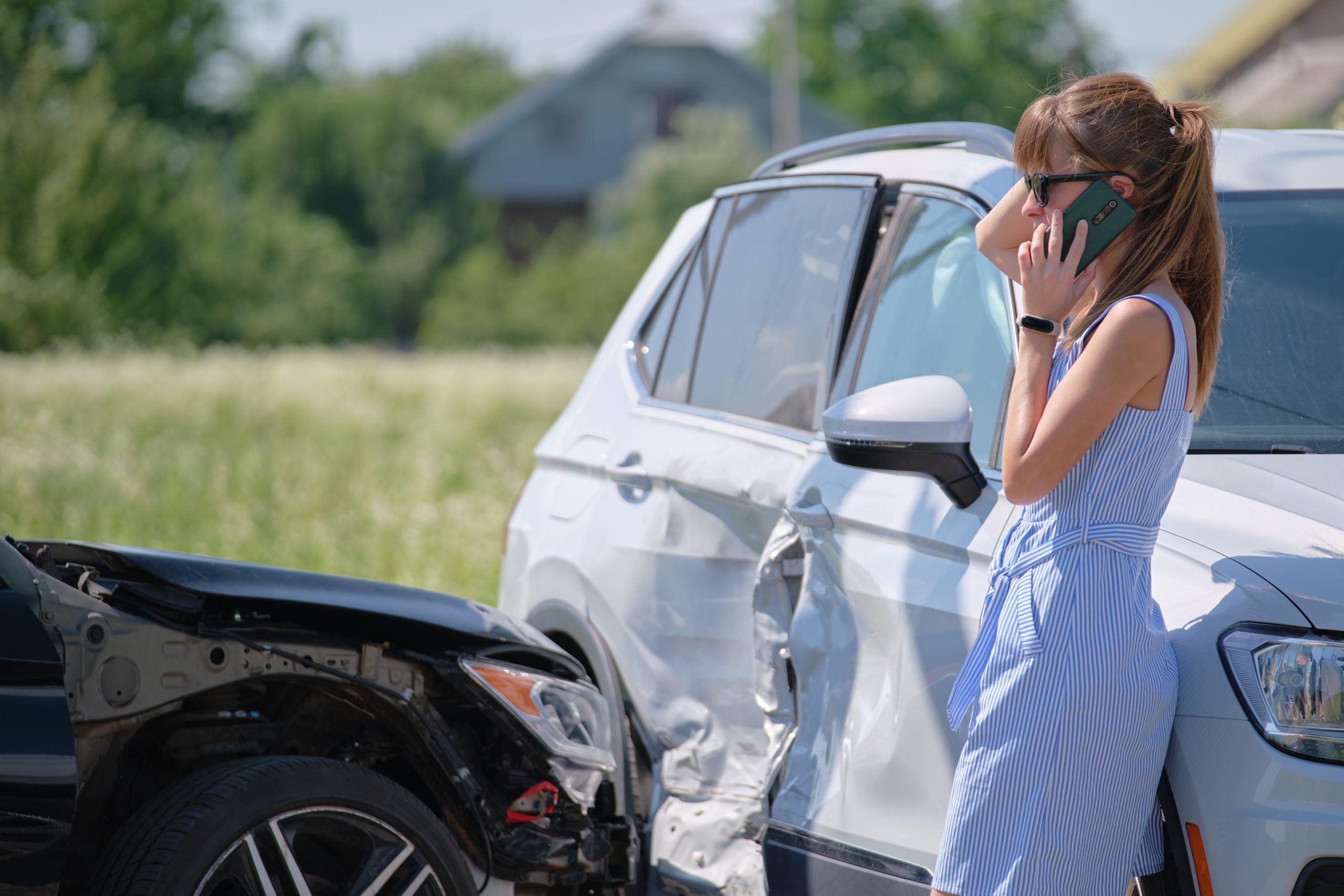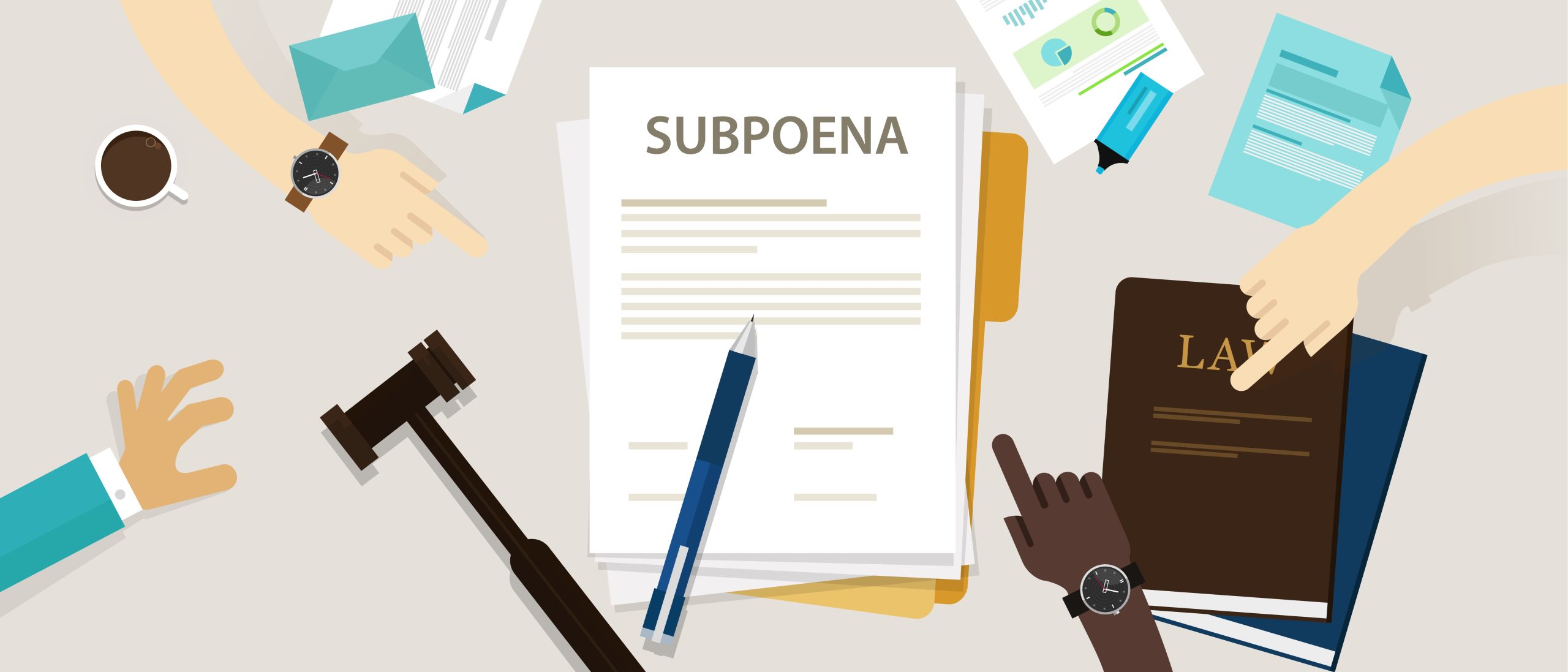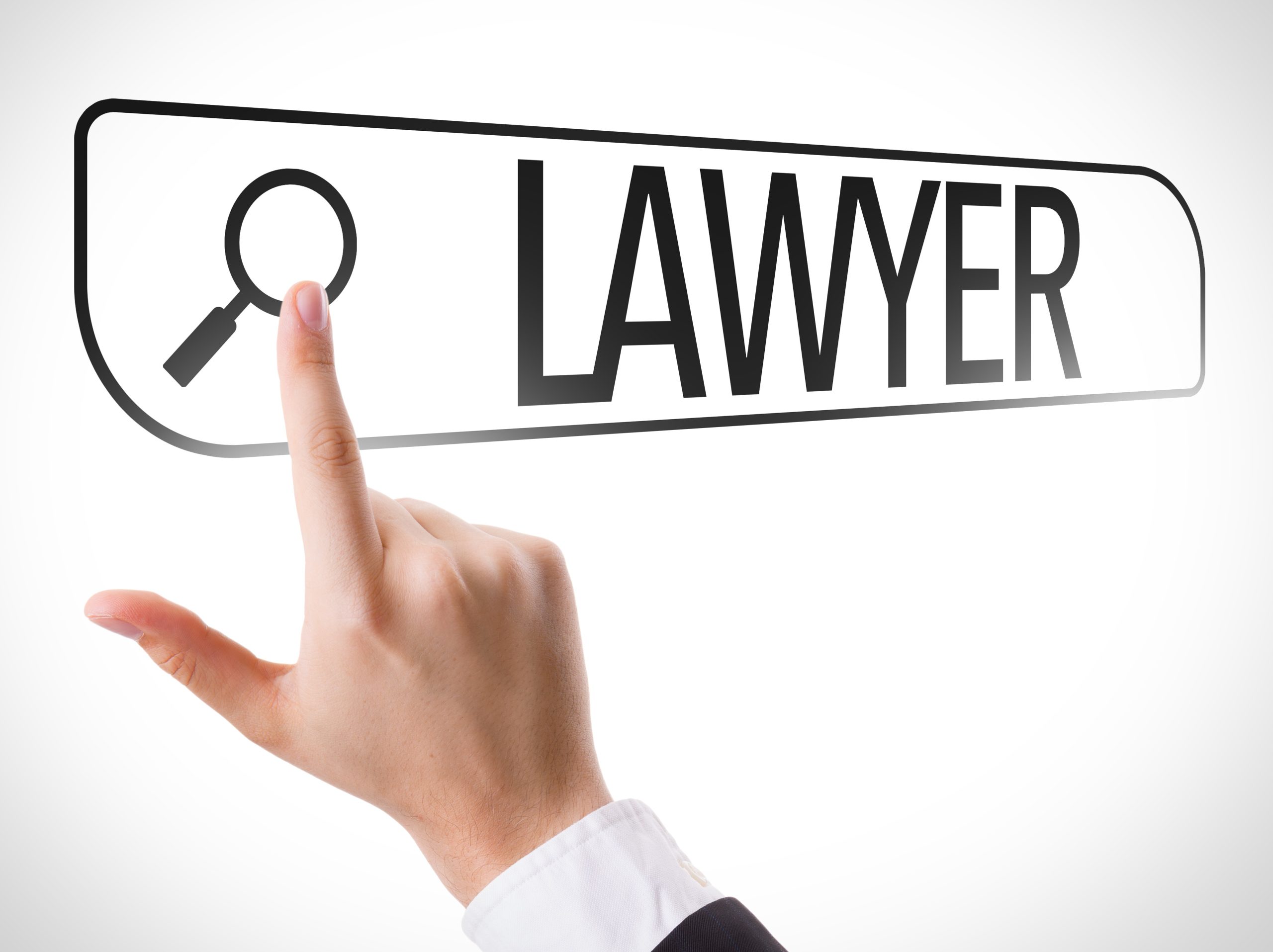How To Obtain A Copy Of Your Police Accident Report
 Suppose you were involved in a car crash and need to make an insurance claim or file a lawsuit. In that case, the Dietrich Law Firm P.C.’s top rated attorneys recommend obtaining a copy of the corresponding police report, also referred to as a police accident report. You can do this by going to the responding officer’s precinct and asking for it in person. The police department should be located in the jurisdiction where the accident occurred. However, you may be able to save yourself a trip by calling in advance to confirm. A copy of the police report will usually be provided for free. While it may be available immediately, sometimes it can take up to 30 days.
Suppose you were involved in a car crash and need to make an insurance claim or file a lawsuit. In that case, the Dietrich Law Firm P.C.’s top rated attorneys recommend obtaining a copy of the corresponding police report, also referred to as a police accident report. You can do this by going to the responding officer’s precinct and asking for it in person. The police department should be located in the jurisdiction where the accident occurred. However, you may be able to save yourself a trip by calling in advance to confirm. A copy of the police report will usually be provided for free. While it may be available immediately, sometimes it can take up to 30 days.
You can also request a copy online if you cannot go in person. The New York State Department of Motor Vehicles (DMV) allows online requests for police reports. For electronically filed police reports, you should allow at least 14 days from the date of the accident. The DMV maintains accident reports for four years from the date of the incident. Although reports involving accidents where no one suffered injury or property damage exceeding $1,000 are not available online, you can obtain one by mailing in a Request for Copy of Accident Report (MV-198C).
What Will I Need To Retrieve My Police Report?
 Buffalo Personal Injury Lawyer News
Buffalo Personal Injury Lawyer News












 New York State is home to some of the best All-Terrain Vehicle (ATV) parks and trails in the United States. Whether you are considering purchasing a four-wheeler or already own one, it is imperative to familiarize yourself with some of the relevant laws and safety precautions. Below, the Dietrich Law Firm P.C.’s battle-tested ATV accident injury lawyers have gathered some vital information.
New York State is home to some of the best All-Terrain Vehicle (ATV) parks and trails in the United States. Whether you are considering purchasing a four-wheeler or already own one, it is imperative to familiarize yourself with some of the relevant laws and safety precautions. Below, the Dietrich Law Firm P.C.’s battle-tested ATV accident injury lawyers have gathered some vital information. Upon arriving at the scene of a car crash, the police will investigate to determine which driver is at fault. During this time, the officers typically interview the drivers involved and bystanders who witnessed the accident. Should the police conclude that a driver violated the New York State Vehicle and Traffic Law, they will issue a traffic ticket, also known as a citation. Consequently, the driver who received the ticket must go to traffic court. Suppose the other motorist suffered any damage, such as injuries, lost wages, or property damage. In that case, they might seek monetary compensation through a personal injury claim. Many car accident victims wonder whether the outcome of traffic court will impact their case against the ticketed driver.
Upon arriving at the scene of a car crash, the police will investigate to determine which driver is at fault. During this time, the officers typically interview the drivers involved and bystanders who witnessed the accident. Should the police conclude that a driver violated the New York State Vehicle and Traffic Law, they will issue a traffic ticket, also known as a citation. Consequently, the driver who received the ticket must go to traffic court. Suppose the other motorist suffered any damage, such as injuries, lost wages, or property damage. In that case, they might seek monetary compensation through a personal injury claim. Many car accident victims wonder whether the outcome of traffic court will impact their case against the ticketed driver.  A subpoena is a legal instrument commonly used to compel a person or company to comply with different requests. These documents can be used in any case, from murder trials to dog bite accident lawsuits.
A subpoena is a legal instrument commonly used to compel a person or company to comply with different requests. These documents can be used in any case, from murder trials to dog bite accident lawsuits.  Suppose that you, or a family member, has been severely injured in an accident caused by someone else’s negligence or even recklessness. In such an unfortunate case, it is only natural to want the finest personal injury lawyer you can find. While many attorneys may be able to provide you with competent legal advice, certain traits distinguish good lawyers from the best.
Suppose that you, or a family member, has been severely injured in an accident caused by someone else’s negligence or even recklessness. In such an unfortunate case, it is only natural to want the finest personal injury lawyer you can find. While many attorneys may be able to provide you with competent legal advice, certain traits distinguish good lawyers from the best.  Although the last thing anyone wants is to be the victim of an accident, mishaps are part of life. To better safeguard you and your loved ones, it is imperative to be aware of the most prevalent types of accidents. Below, the Dietrich Law Firm P.C.’s team of personal injury lawyers has listed the most frequently occurring accidents along with crucial tips to avoid them:
Although the last thing anyone wants is to be the victim of an accident, mishaps are part of life. To better safeguard you and your loved ones, it is imperative to be aware of the most prevalent types of accidents. Below, the Dietrich Law Firm P.C.’s team of personal injury lawyers has listed the most frequently occurring accidents along with crucial tips to avoid them:  The vast majority of all personal injury claims are resolved outside of courtrooms through settlements. A settlement agreement is a legally binding contract between the victim and the defendant whom they filed the lawsuit against. The terms of a settlement are negotiated back and forth until an agreement can be reached. Once negotiations have concluded, and a settlement amount is agreed upon, you will have to review and sign a release of liability form before your check is processed.
The vast majority of all personal injury claims are resolved outside of courtrooms through settlements. A settlement agreement is a legally binding contract between the victim and the defendant whom they filed the lawsuit against. The terms of a settlement are negotiated back and forth until an agreement can be reached. Once negotiations have concluded, and a settlement amount is agreed upon, you will have to review and sign a release of liability form before your check is processed.  Most personal injury lawsuits begin with a case evaluation and consultation. Often, it is the first time you will discuss your claim with a lawyer face-to-face. At an initial consultation, one of our elite lawyers will assess the merits of your potential case. The attorney will also determine if your specific needs match our legal services. Initial consultations are a beneficial process for everyone involved. It allows the lawyer to understand how the accident happened, the scope and severity of your injuries, the medical treatment involved, your future prognosis, and other damages. You must be adequately prepared for your complimentary consultation. Our attorneys request that potential clients speak openly and honestly so that we can get all the required information.
Most personal injury lawsuits begin with a case evaluation and consultation. Often, it is the first time you will discuss your claim with a lawyer face-to-face. At an initial consultation, one of our elite lawyers will assess the merits of your potential case. The attorney will also determine if your specific needs match our legal services. Initial consultations are a beneficial process for everyone involved. It allows the lawyer to understand how the accident happened, the scope and severity of your injuries, the medical treatment involved, your future prognosis, and other damages. You must be adequately prepared for your complimentary consultation. Our attorneys request that potential clients speak openly and honestly so that we can get all the required information.  Suppose that you, or a family member, have been injured in an accident caused by another person’s negligence or recklessness. You may be able to file a personal injury lawsuit. Pursuing a case against the responsible party could be your only means to recover compensation. However, you only have a limited time to file your claim. The deadline is known as the statute of limitations (SOL). The statute of limitations, like a countdown, can significantly impact when or even if you can pursue your case. Regardless of the strength of your claim, when the statute of limitations runs out, your case will be considered time-barred. Meaning the defendant can assert that the statute of limitations has run out and ask the court to dismiss the lawsuit on that basis alone.
Suppose that you, or a family member, have been injured in an accident caused by another person’s negligence or recklessness. You may be able to file a personal injury lawsuit. Pursuing a case against the responsible party could be your only means to recover compensation. However, you only have a limited time to file your claim. The deadline is known as the statute of limitations (SOL). The statute of limitations, like a countdown, can significantly impact when or even if you can pursue your case. Regardless of the strength of your claim, when the statute of limitations runs out, your case will be considered time-barred. Meaning the defendant can assert that the statute of limitations has run out and ask the court to dismiss the lawsuit on that basis alone. Driving is the most dangerous activity the average American performs multiple times daily. When most people get behind the wheel, the thought of getting into a car accident never even crosses their minds. Drivers are more focused on reaching their destinations quickly. However, motorists are exposed to varying risks during their commutes depending on the time of day, day of the week, and time of the year. While the last thing any driver wants is to be seriously injured in a crash, car accidents are a part of driving.
Driving is the most dangerous activity the average American performs multiple times daily. When most people get behind the wheel, the thought of getting into a car accident never even crosses their minds. Drivers are more focused on reaching their destinations quickly. However, motorists are exposed to varying risks during their commutes depending on the time of day, day of the week, and time of the year. While the last thing any driver wants is to be seriously injured in a crash, car accidents are a part of driving.